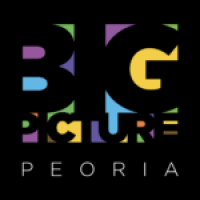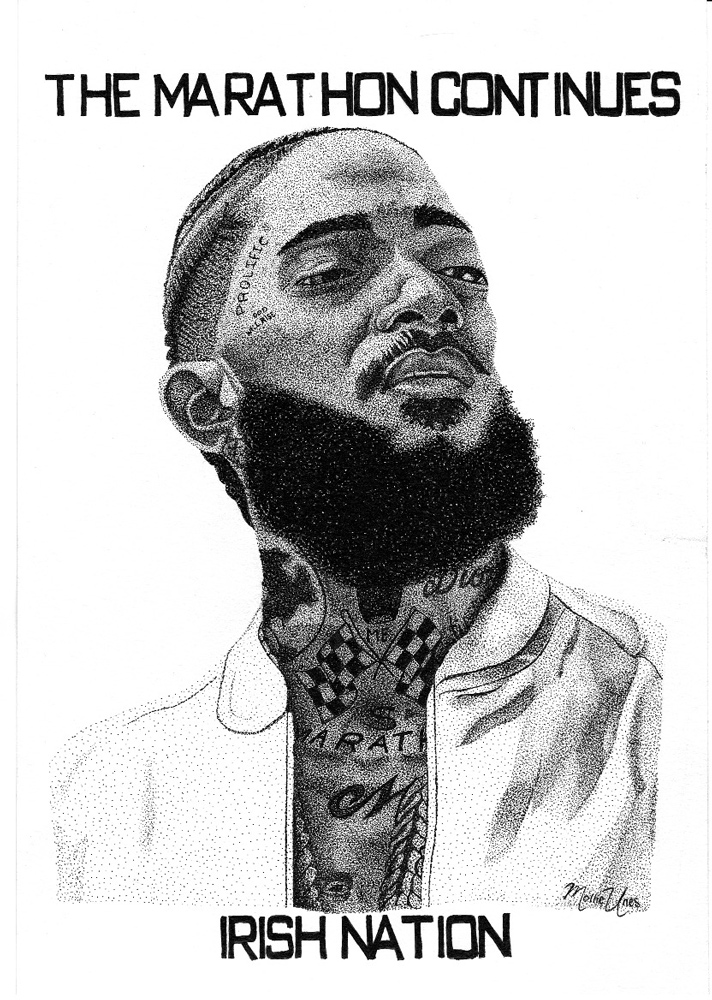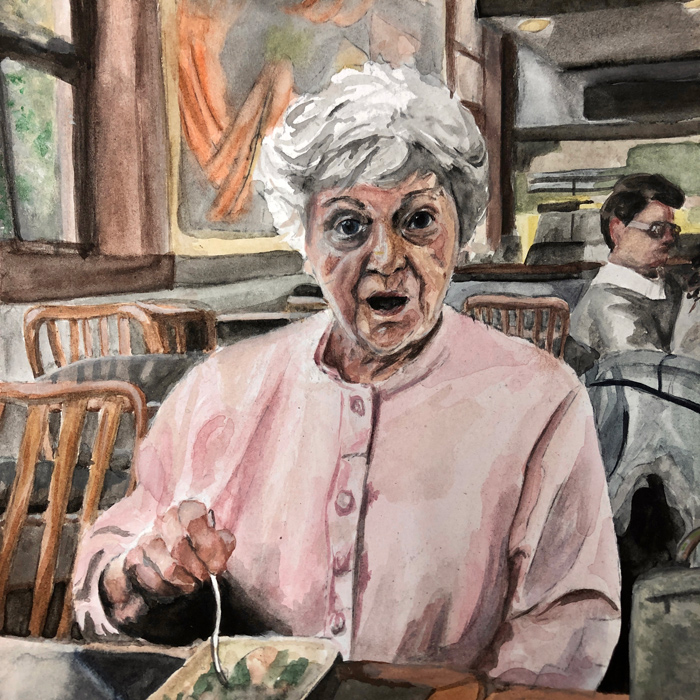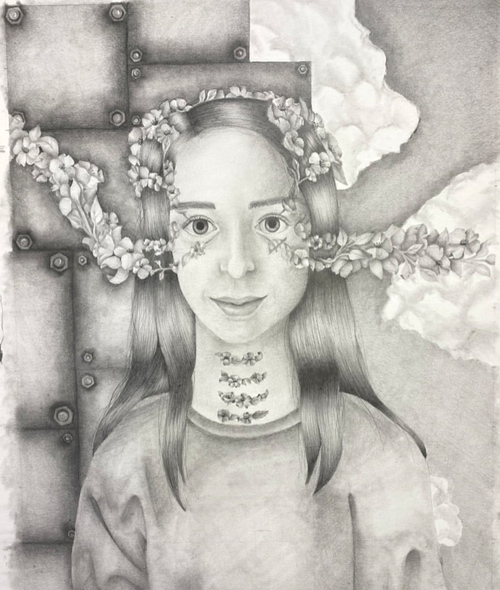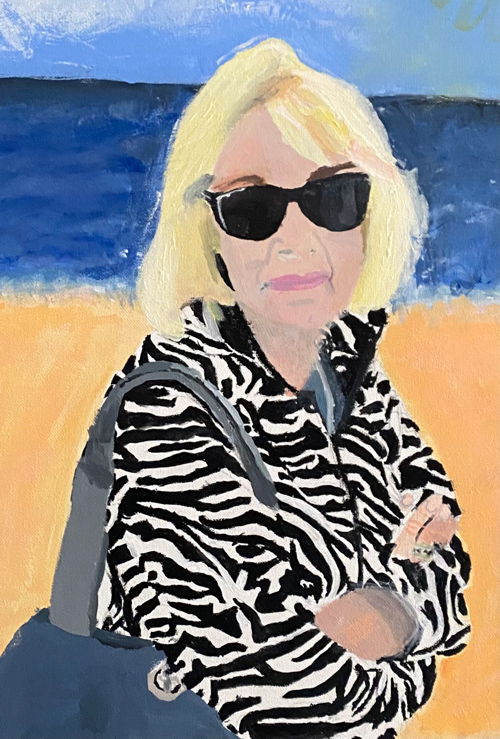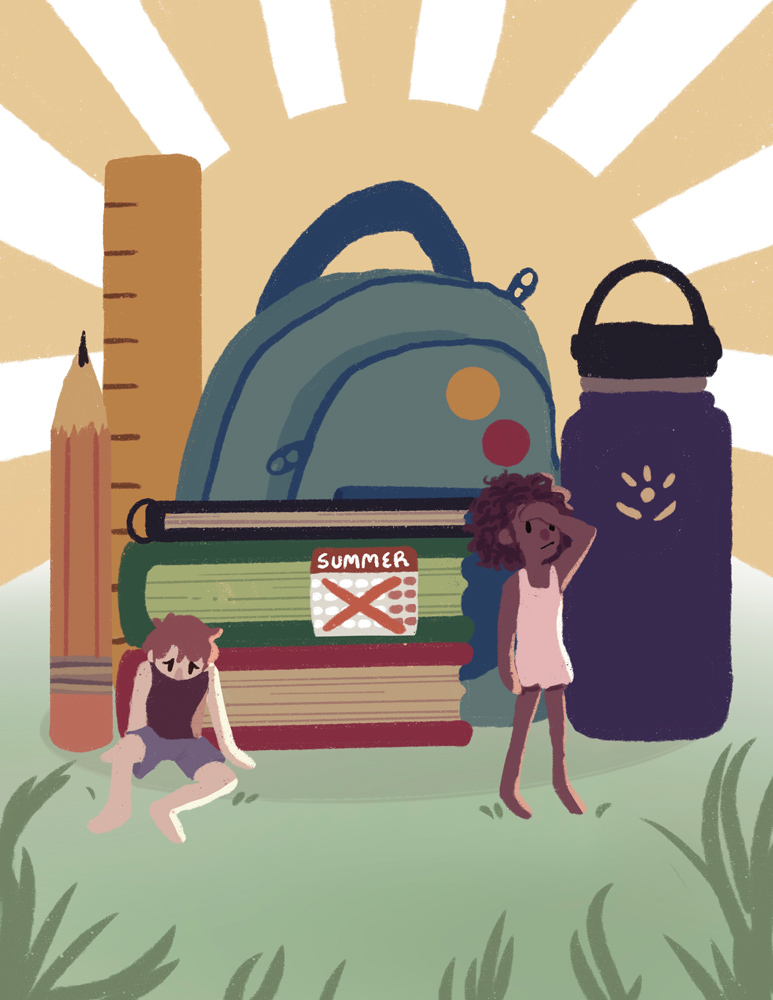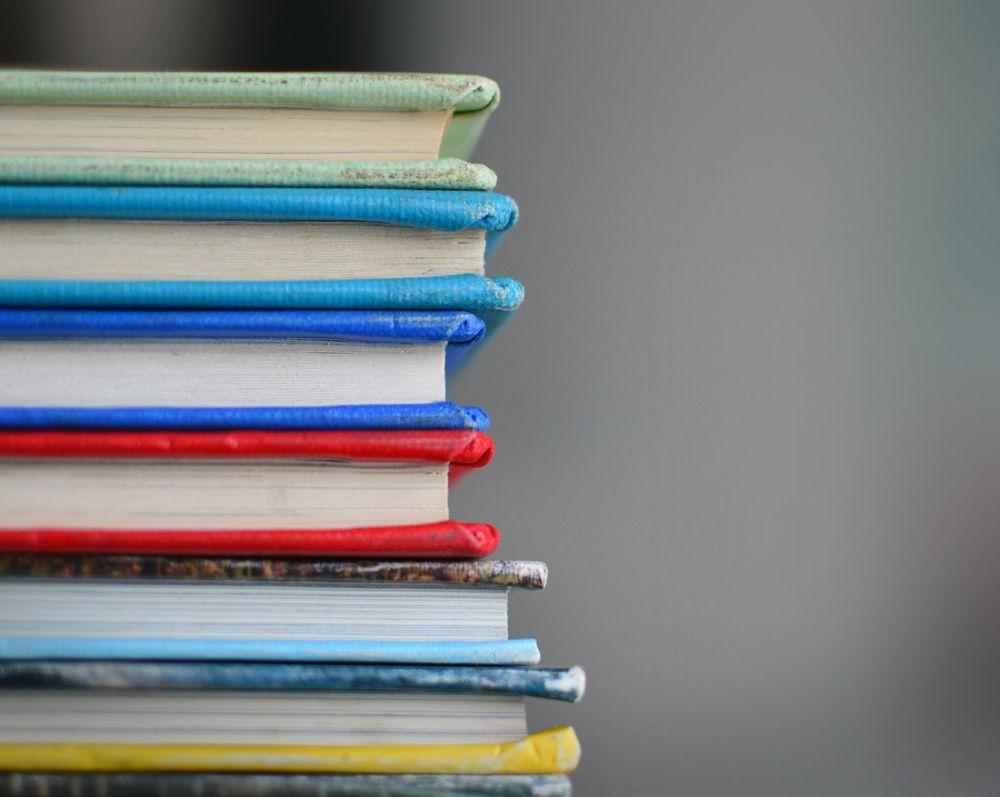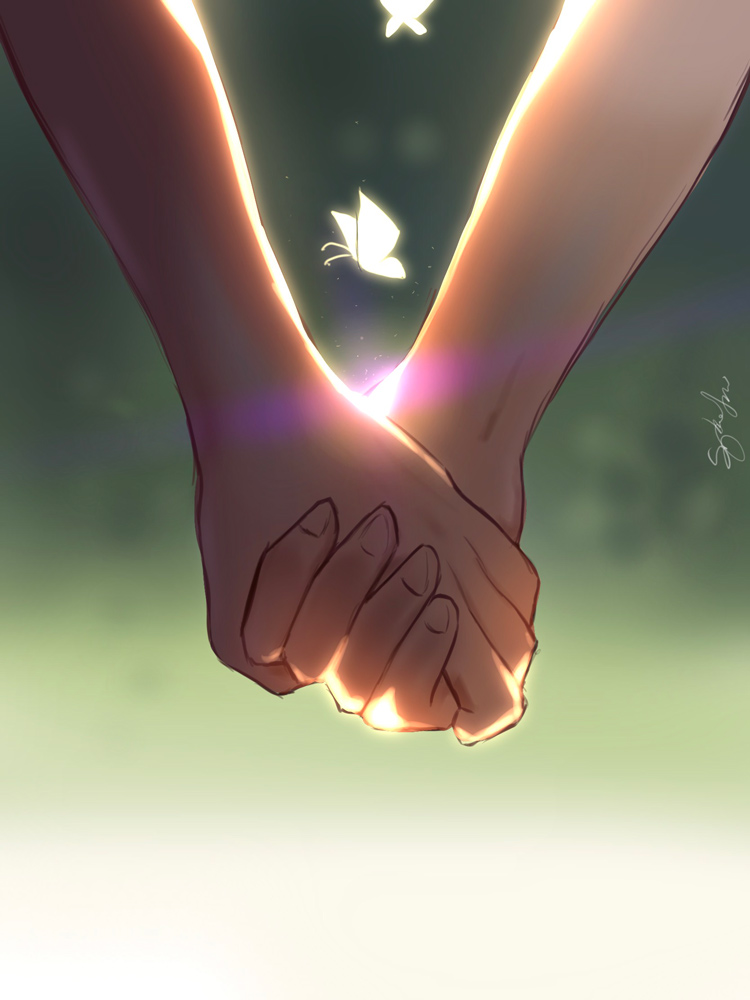Judy Garland by Mariam Couri
Mariam Couri is a 17-year-old student from Peoria Notre Dame High School. She plans on studying Elementary Education in the fall. Couri loves creating art—especially ceramic pieces. Judy Garland, formerly known as Francis Gumm, was a famous movie star from the mid-twentieth century and a major influence on the motion picture industry. She starred as …
